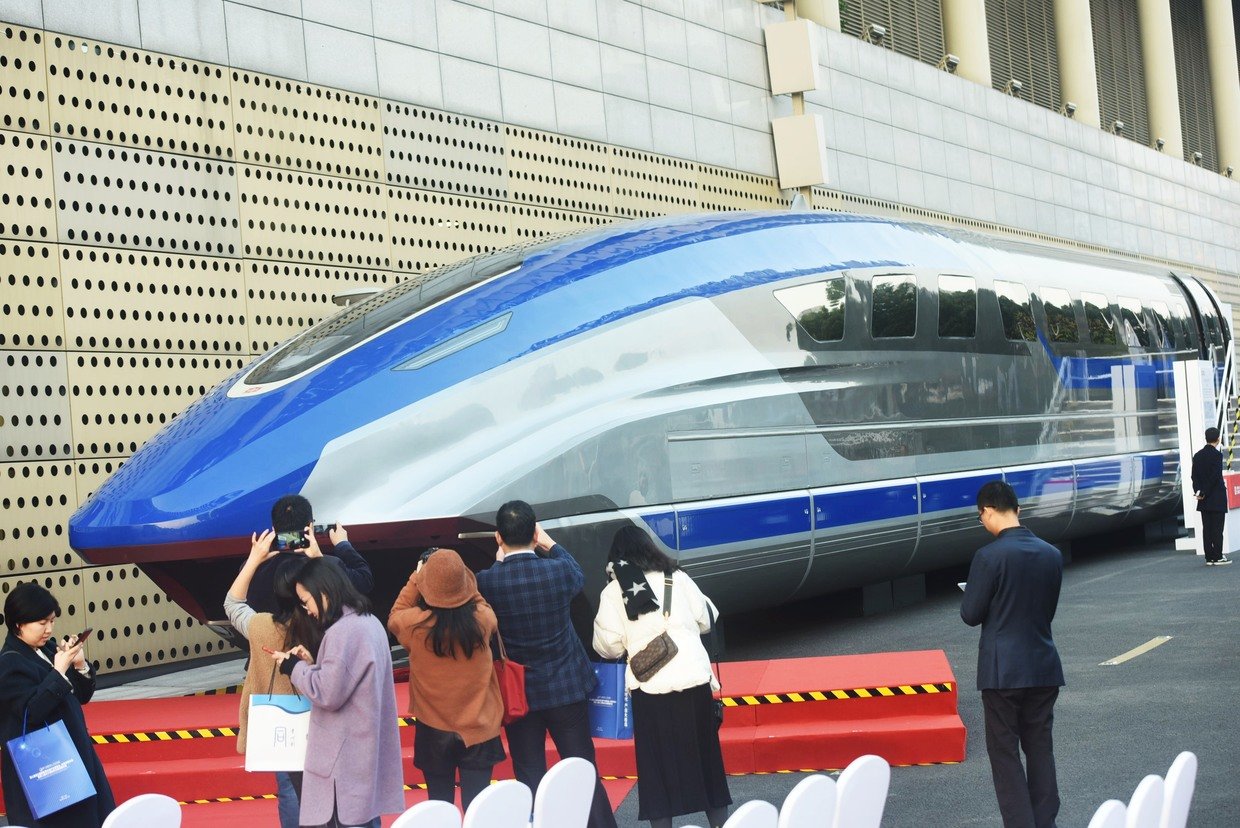Chinese rail speeding towards exciting future by doubling network length within 15 years & introducing 600kph maglev trains

China has unveiled ambitious plans to boost its railway industry over the next 15 years. Part of the vision are maglev lines that can ferry commuters at 600kph, with a prototype train recently approved for trials.
Beijing also plans to build some 200,000km of new railways over 15 years, a blueprint unveiled by China State Railway Group on Wednesday said. As of July, the national network had a total length of 141,400km.
Also on rt.com First ever railway bridge connecting Russia & China to open in 2022One of the big goals for China is to cut travel times for commuters and passengers taking a trip between major cities. Intra-city journeys are expected to last no longer than one hour by the 2035 deadline, while neighboring provincial capitals and city clusters will be within a three-hour trip.
In many instances, this will be done thanks to high-speed bullet-train lines. China wants to have about 70,000km of such tracks in 15 years, nearly doubling the existing infrastructure, as well as to boost the service speeds of bullet trains to some 400kph.
There is also an effort to introduce several lines of advanced magnetic levitation (maglev) trains with speeds of around 600kph, which would bridge the gap between ground transport and commercial aviation in China. Unlike conventional trains, they float over the track to eliminate wheel friction completely and are propelled by powerful electromagnetic fields instead.
Last week, the Chinese Ministry of Transport gave the green light for a trial of a prototype maglev train capable of traveling at that speed. The prototype was completed earlier in May and may be approved for commercial production next year. If they become operational, such engines will provide better connectivity between major population centers like Beijing and Shanghai, or Chendgu and Chongqing.

Maglev technology has been in development for decades, but only a handful of relatively small-scale commercial projects became operational due to high investment costs that this transport requires. China hosts one of the world's fastest maglev lines, which connects Shanghai with Shanghai Pudong International Airport, which was opened in 2004 with the help of Germany.
Beijing hopes the technology has matured enough to be economically viable on a larger scale. Up to nine new maglev lines totaling over 1,000km are planned for the future in China. The country faces tough competition from Japan in perfecting and introducing maglev trains.
Also on rt.com What’s long and fast, and can run if there’s an earthquake? Japan’s newest bullet trainIf you like this story, share it with a friend!














